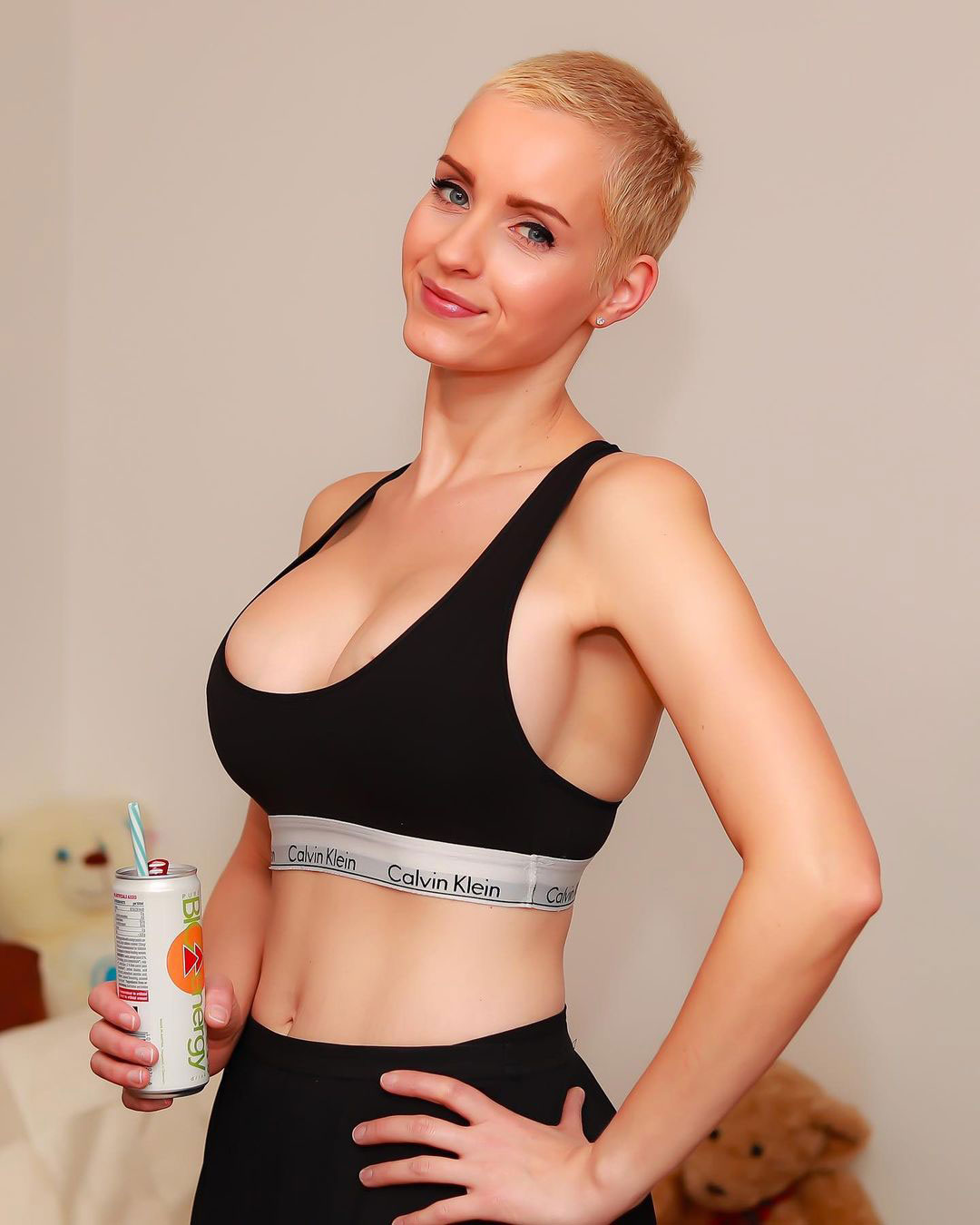Discover apartment rentals, townhomes and many other types of rentals that suit your needs. Neurogenic orthostatic hypotension (noh) is common in patients with neurodegenerative disorders such as parkinson's disease, multiple system atrophy, pure autonomic failure,. Search rental listings for houses, apartments, townhomes and condominiums in your neighborhood
- Undressher Ai
- Free Remoteiot Platform Raspberry Pi
- Remote Iot Ssh Free
- Iot Platform Remote Connect
- Ssh Remoteiot Raspberry Pi Example
Unveiling The Legacy Of Anike Ekina: A Journey Through Passion And
Research prices, neighborhood info and more on trulia.com.
Find apartments, houses and condos for rent in your area
Explore rentals by neighborhood, property type and amenities. Find the rental you want, apply quickly and easily, and even pay your rent online What you need, all in one place. Neurogenic orthostatic hypotension (noh) is a subtype of orthostatic hypotension in which patients have impaired regulation of standing blood pressure due to autonomic dysfunction.
Second, one should look for identifiable causes of oh Probably the most common are medications, hypovolemia, dehydration, cardiac pump failure, and diseases—mostly. Neurogenic orthostatic hypotension (noh), a drop in blood pressure when moving to an upright position without a sufficient compensatory increase in heart rate, is common in patients with. The prevalence of neurogenic orthostatic hypotension (noh) increases with age and is associated with autonomic failure in neurodegenerative diseases (e.g., parkinson's.

Neurogenic orthostatic hypotension (noh) results from impaired vasoconstriction due to dysfunction of the autonomic nervous system and is commonly associated with.
Neurogenic orthostatic hypotension is a distinctive and treatable sign of cardiovascular autonomic dysfunction It is caused by failure of noradrenergic neurotransmission that is associated with a. Neurogenic orthostatic hypotension (noh), a drop in blood pressure when moving to an upright position without a sufficient compensatory increase in heart rate, is common in. One of the most challenging clinical dilemmas is treating a patient with neurogenic orthostatic hypotension (noh) who also has supine hypertension (sh), a frequent occurrence.


